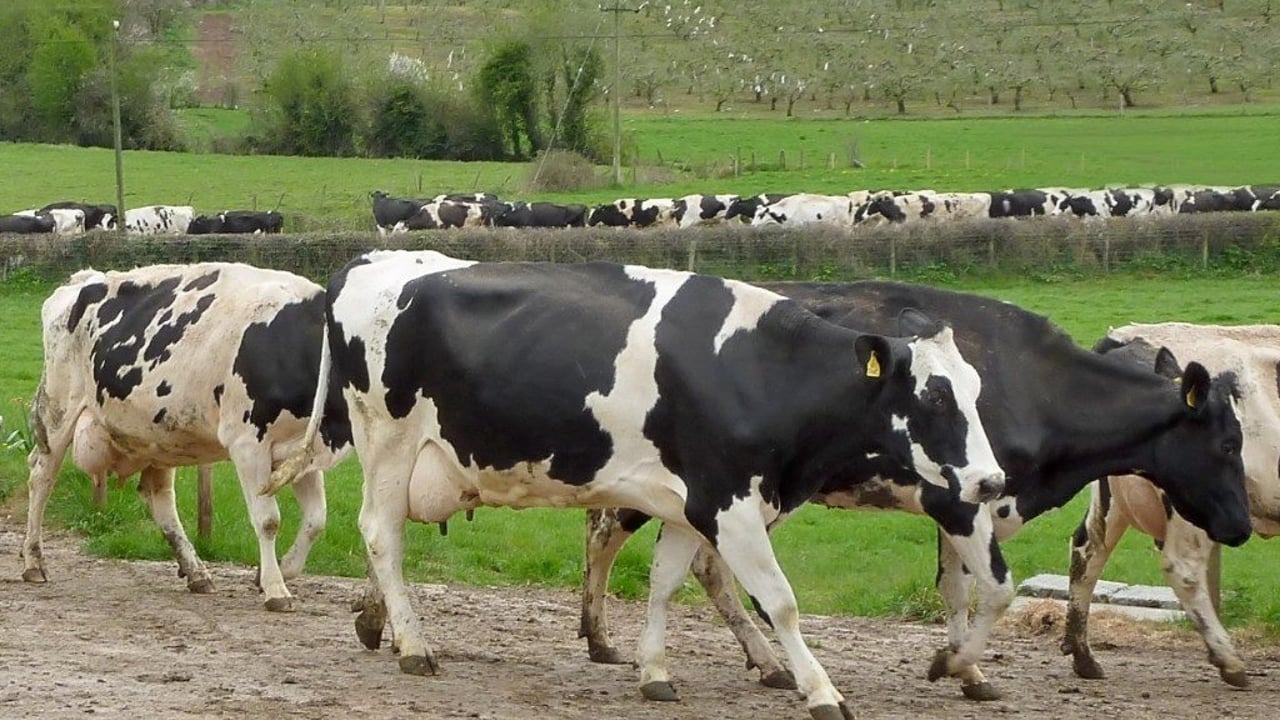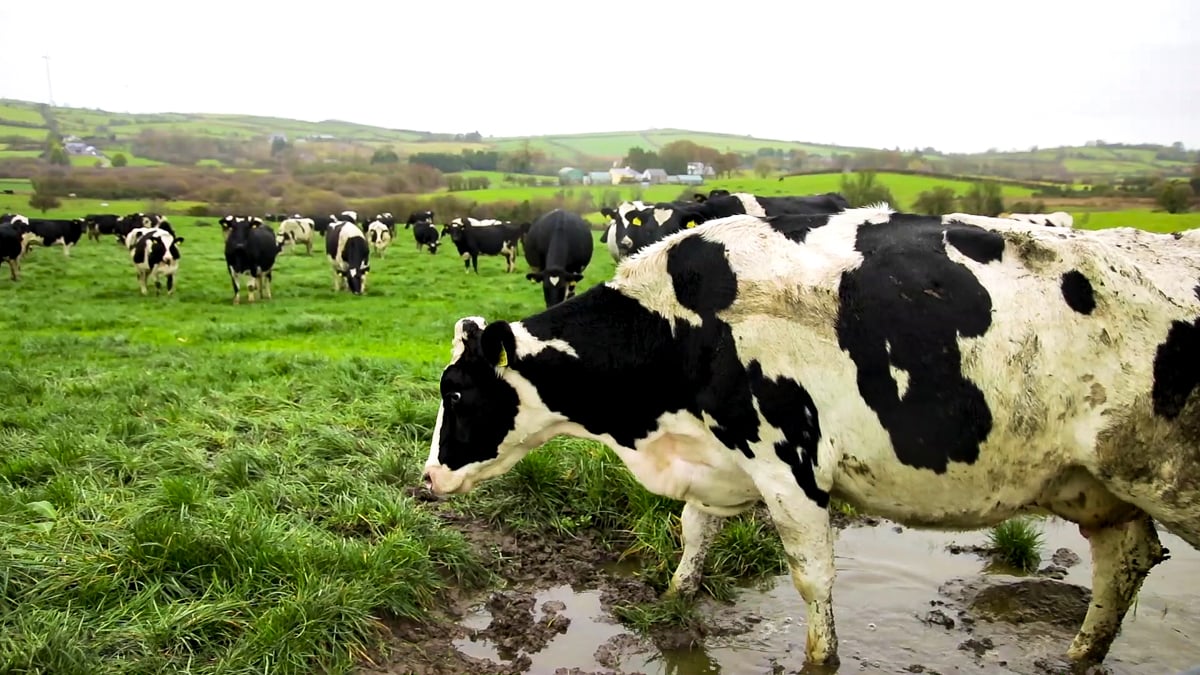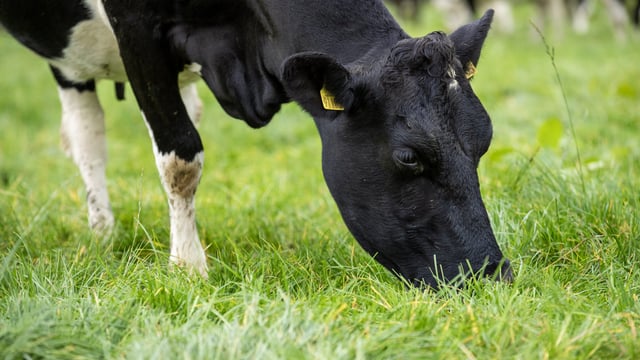Lameness issues begin to appear on farms
Lameness is a serious welfare issue affecting almost every dairy farm in the country.
Lameness issues on farms are likely influenced by the wet weather conditions experienced in some parts of the country, causing the quality of farm roadways to deteriorate and become wet and mucky.
Lameness can be a frustrating and costly issue for farmers – on average, one lameness case can cost a dairy farmer €300/year.
This includes: €50 on treatment; €100 on loss of yield; €100 on increased culling (10% of lameness cases are culled); and €50 on loss in fertility.
However, there are ways to prevent and combat the issue before it has a huge financial impact on your business – with some of these coming at no extra cost to the farmer.
Farmers must be proactive about lameness. A lame cow should be promptly identified and treated accordingly to maximise the chances of the cure rate.
It is also a good idea to complete regular hoof pairing on the herd. This will help you to identify the type of lameness on your farm, so that you can find a solution.
Farmers are very good at spotting cows when they are at advanced stages of lameness, but mobility scoring is a great way of getting those cows at an early stage.
Mobility scoring is a system whereby cows are scored on a scale of 0-3 based on their mobility, with zero being good and three being a severely lame cow.
This is important because the earlier you treat a cow, the greater the chance of recovery.
Mobility score:
Mobility scoring should be completed on a smooth, level surface – observing cows from behind and from the side – such as when they are leaving or coming in for milking.
Cows scoring either zero or one have acceptable mobility and therefore only need routine preventative foot trimming.
The goal – when mobility scoring the herd – is to focus on identifying the cows scoring two or three and prioritising these cows for treatment as quick as possible.






